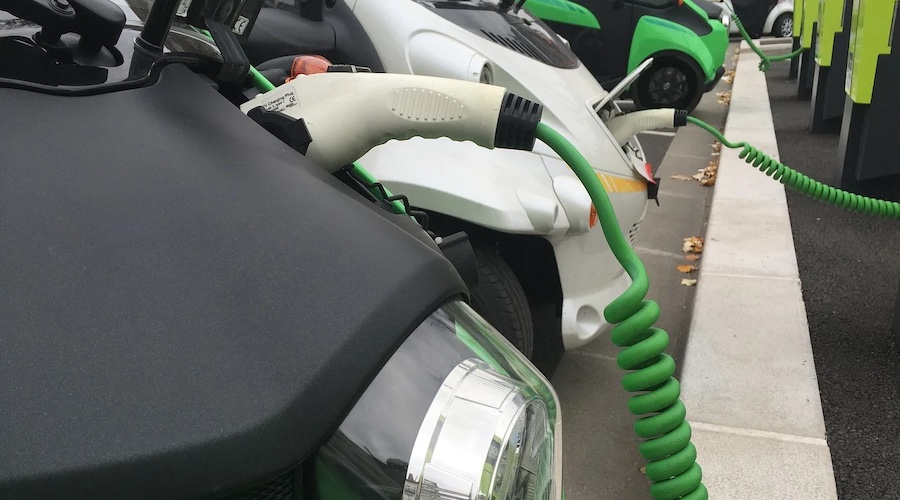By modifying the crystal structure of a material composed of carbon, boron and hydrogen (carbo hydridoborate), the Swiss researchers developed a more efficient solid electrolyte and also defined the ideal pressure to be applied to the battery for it to operate efficiently.
In a couple of papers published in the journal ACS Applied Materials & Interfaces and Advanced Materials Interfaces, the research team explains that because sodium is heavier than lithium, its ions also move less easily in the liquid electrolyte. This is why their solution implied designing a solid electrolyte that is also non-flammable and that deals with the performance shortcomings of already developed solid electrolytes that are composed of hydridoborates.
This is how they came up with the idea of creating sodium carbo-hydridoborate (NaCB11H12), an efficient material that is originally not conductive.
“By modifying the structure of its crystals, and more precisely the spatial arrangement of the atoms, we have succeeded in making it conductive, which makes it the most efficient means of transporting sodium ions currently available,” Radovan Cerny, co-author of the studies, said in a media statement.
To achieve this result, Cerny and his colleagues subjected the compound to high shocks, generating high temperatures, inside a ball mill. This is an energy-efficient method that is widely used in the cement industry. Once this was done, the material was put to the test.
Knowing that for a battery to work, the electrolyte, whether liquid or solid, must be in intimate contact with the positive and negative electrodes of the battery, the scientists had to make sure the one they developed was contained firmly within the battery.
“To achieve that, pressure must be applied by means of screws or springs. We looked for the ideal ‘force’ to exert on our solid electrolyte,” Matteo Brighi, co-author of the papers, said. “It was shown that this should be around 400 atmospheres, equivalent to the pressure under water at a depth of 4,000 meters, which can be achieved very easily with a few turns of a screw.”
In Cerny and Brighi’s view, these discoveries pave the way for easier production of sodium batteries, especially in the automotive industry.




